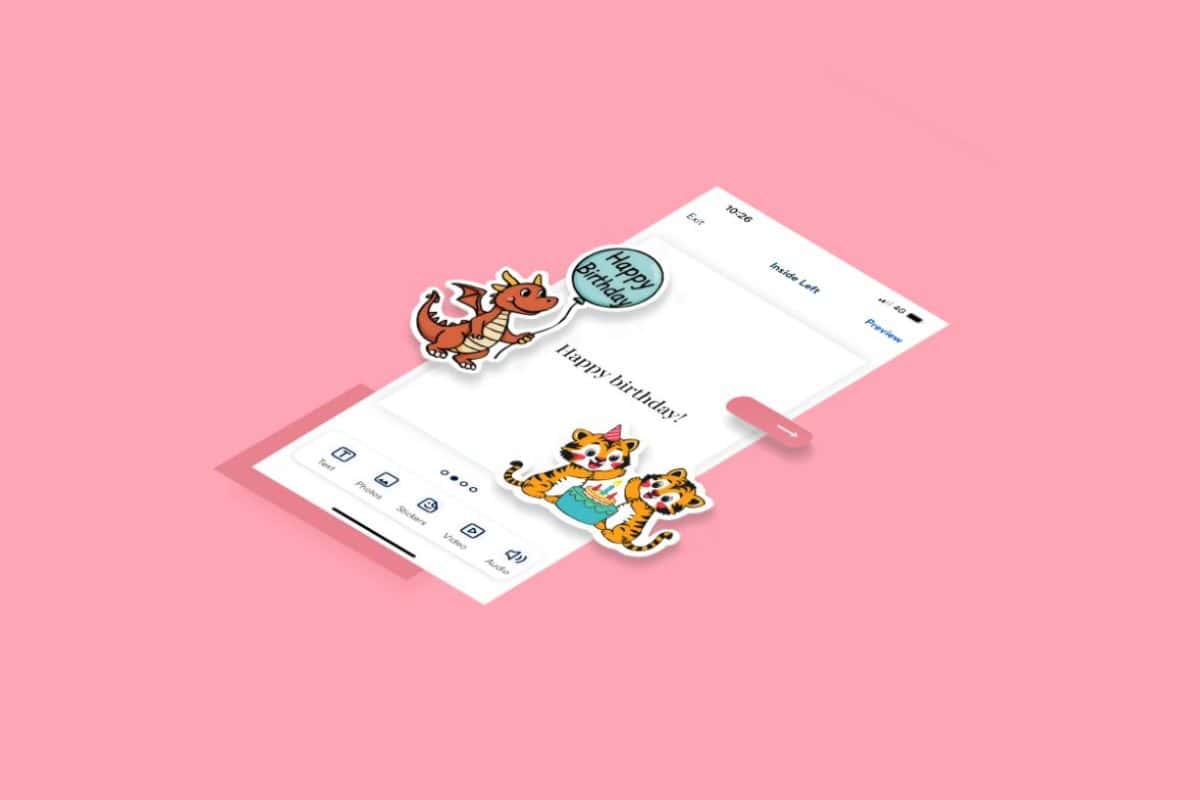The rise in international direct-to-consumer (D2C) purchases in the last six months has been led by millennials, with reduced access to stores during the pandemic prompting half (52%) of 25 to 34-year-olds to buy direct from international online brands – a habit that has stuck.
Research by ESW of 15,000 consumers across 14 countries, finds that 52% of global shoppers were motivated to buy online during the pandemic, rising to 58% on average for 25 to 44-year-olds, as shuttered stores prompted consumers to purchase items online that they normally would have validated and bought in-store
Reduced access to stores also boosted cross-border ecommerce, with almost half (46%) of global shoppers surveyed saying it prompted them to buy directly from an international brand online, rising to 52% among those ages 25–34. Indian and Chinese (both 61%), Mexican (59%) and Russian (50%) consumers were the most likely to have made international D2C purchases in the first half of 2021.
Fashion, footwear and beauty lead
Fashion remains the most popular cross-border online shopping category internationally, while luxury purchases saw the biggest growth over the past six months (+6%), followed by skincare and fragrance (+4% respectively). A quarter (25%) of global shoppers bought clothing online outside of their domestic market, while footwear (19%), luxury goods (18%) and Health & Beauty and skincare (17% respectively) also topped the list of the most popular international ecommerce purchases.
Once again, millennials and Gen Z shoppers led the way, making cross-border purchases at three times the rate of Baby Boomers (those aged 57 to 75 years old). Outside of apparel, Millennial and Gen Z demographics bought three times as many cross-border purchases compared to Baby Boomers.
This boost to cross-border luxury purchases, driven mostly by younger demographics of shoppers, appears to have been prompted by new international buying behaviours caused by the pandemic.
The data shows that 56% of global shoppers admitted to spending more online as a coping mechanism, either treating themselves to ‘pick me ups’ to reward themselves for getting through lockdowns or to alleviate the emotional stress of the pandemic. Meanwhile, more than a quarter (28%) said they’d bought more online ‘gifts’ or ‘treats’ for friends and family during the pandemic to make up for not being able to see them in person.
Habits that stick
As many countries begin to ease covid-19 restrictions, despite 57% of the global shoppers surveyed saying the pandemic had opened their eyes to the convenience and choice on offer online – increasing to 63% among millennials – 71% said that post-pandemic they would continue to purchase via a mix of digital and physical channels, highlighting the importance of omnichannel capabilities in retailers’ international commerce strategies.
Brands that understand the evolution of traditional retailing see the importance of blending their direct international ecommerce trading with their existing omnichannel structure. The stores of the future will be experiential meccas, where brands will espouse and reinforce the brand personas and experiences they are building on social media. But the transactional engine for future growth has undoubtedly accelerated into digital channels, and it is now unlikely that trend will ever reverse.
To succeed retailers must double down on their efforts to create a holistic, deep level of understanding of international markets – across all their sales channels and customer touchpoints – so that they can offer localised, customer-centric, and cost-competitive shopping experiences. Only then can they truly open up the cross-border commerce opportunity, by maintaining the loyalty of existing customers while attracting new ones.









